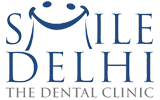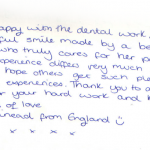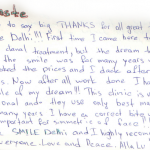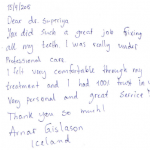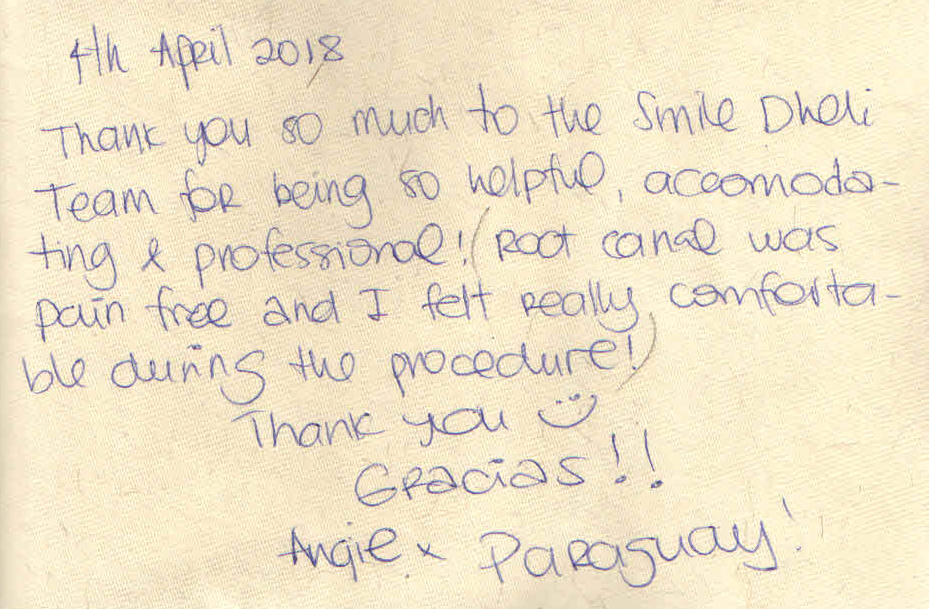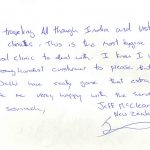
Gum Disease and Seniors
Have you seen a bit of blood in your sink when you brush your teeth lately? The bleeding can be one of the first warning signs that you have a gum disease.
Gum disease is not at all uncommon. In fact, 70 percent of people develop gum disease during their lifetime. While gum disease is more prevalent in elder people, this is not simply an unavoidable part of aging. There are many things that you can do to prevent and treat gum disease. Understanding gum disease and taking the proper precautions now will go a long way toward protecting your health.
What is a Gum Disease?
Gum disease is an infection of the tissues (gums) that hold your teeth in place. As the plaque builds up at the base of the tooth, it begins to grow beneath the gum line. Over time, untreated gum disease can cause permanent damage to the gum tissue and may eventually result in a tooth loss.
There are two primary types of gum diseases. The first is called as gingivitis which is milder form of the disease. You may have gingivitis without any discomfort or noticeable symptoms. This is why it is important to see your dentist on a regular basis. Though you may not see the signs of gum disease, the dentist will.
The second form is called Periodontitis, which is a more severe form of gum disease that may develop when gingivitis goes untreated. When you have gingivitis, only your gums are infected. If it goes untreated the infection can travel below your gum line and into your bone. Then it becomes a more serious form of gum disease called periodontitis.
What Causes Gum Disease?
Gum disease is caused by plaque buildup that typically results from poor oral hygiene. The most effective way to prevent gum disease is by brushing at least twice a day and flossing regularly. This removes plaque from your teeth. You should also see your dentist at least twice a year for a professional cleaning. During this appointment, your dentist will remove both plaque and a form of hardened plaque known as tartar which cannot be removed by at-home brushing and flossing.
There are several factors that may increase your risk of developing gum disease. These include:
- Diabetes.
- Genetics.
- Hormonal changes in women.
- Medications that reduce saliva production.
- Age.
Since gum disease takes time to develop, it is naturally more prevalent in older people. As you get older, this is something you should always keep in mind.
Symptoms of Gum Disease
Roughly 20 per cent of individuals have an undiagnosed disease of the gums. Treatment for gum disease is more difficult as the condition and the age progresses. The sooner your gum disease is diagnosed, the better your chances of resolving the problem.
There are some symptoms you can look out for that will alert you to potential gum disease. Common signs of gum disease include:
- Swollen or red gums: It is one of the first signs your gums need attention. Gum diseases typically start with inflammation along the gum line which might also feel tender or painful and bleed easily when you floss or brush.
- Loose teeth: Gum disease can attack the bones that hold your teeth in place, making them loosen or move. Periodontitis is the main cause, and it can even change the way your teeth fit together when you bite.
- Sensitive teeth: If sipping a cold drink or an ice cream makes your teeth sensitive, your teeth may be telling you something. This is a symptom of gum disease that often goes hand in hand with shrinking gums. With receding gums, the sensitive part of the tooth is exposed called the dentin causing sensitive teeth when exposed to cold water and air.
- Receding gum line: If your teeth look longer than they used to, the chances are your gums are shrinking. Gum recession is when the margin of the gum tissue surrounding the teeth wears away, or pulls back, exposing more of the tooth, or the root of the tooth. When gums recede, gaps can form between the gum and tooth, allowing disease causing bacteria to build up.
- Bad breath: Persistent bad breath or a bad taste in the mouth may be a warning sign of a gum disease. Gum disease is caused by the buildup of plaque on teeth. The bacteria lead to the formation of toxins which irritate the gums and if not removed, these cells decompose and cause bad breath.
- Pain when chewing: If you experience any of these problems, you should see a dentist right away. Pain when chewing can be a sign that your periodontal disease has progressed from gingivitis to periodontitis. If a tooth or teeth are loose, it is more likely that you have periodontitis. The dentist can give you the care you need to restore your gums to a healthy state.
Habits That May Worsen the Gum Disease
Gum disease develops slowly. If you are not mindful of your habits, you may be creating an environment that is highly conducive to gingivitis or periodontitis. You are increasing your chances of developing gum disease as you age if you:
- Smoke.
- Do not floss daily.
- Brush less than twice a day.
- Practice improper brushing and flossing techniques.
- Use a toothbrush which is too hard.
- Grind your teeth.
- Do not visit your dentist regularly.
Changing your habits in these areas can lead to better dental health. This is particularly important for seniors. Poor dental health does not only impact your teeth but can have an effect on the overall health of the body as well.
The Dangers of Gum Disease for Seniors
Untreated gum disease can lead to bone loss around the teeth which is a cause of tooth loss. Although there are many options such as implants and dentures to help you compensate for lost teeth these can come with high costs and potentially painful procedures. The best way to preserve your ability to eat, talk, and smile comfortably is to take good care of your natural teeth.
Gum disease is also linked to many other health problems. If you have a weak immune system, the bacteria in your mouth can travel to other parts of the body and increase your risk of heart disease or stroke. If you have diabetes, gum disease can make this condition worse.
Ways to Reduce Your Chances of Getting Gum Disease
There are several ways of reducing your chance of having gum disease as you age.
- Consult your dentists on a good technique to use when brushing. The technique and consistency of your brushing are important to your oral health. One way to reduce your chances of having gum disease is to brush at the 45 degree angle to your gums and brush in short, circular movements.
- Visit your dentist at least twice a year for regular checkup and cleaning appointments. The dentists in India recommend that if you already have gingivitis you may have to visit your dentist every three to four months for a cleaning. Regular cleanings and checkups allow your dentist to thoroughly clean the plaque and tarter from your teeth which reduces your chances of having gum disease.
- Floss your teeth regularly to clean the spaces in between your teeth as plaque can easily get stuck in between your teeth, which can lead to gum disease.
- You should be aware that certain medications can also aggravate gum disease, including oral contraceptives, antidepressants and heart medicine.
- You should eat a healthy diet. Starchy and sugary foods increase plaque, and only a healthy diet provides the nutrients necessary (vitamins A and C, in particular) to prevent gum disease.
There are many treatment options offered now days by the dental clinics in India for the treatment of gum disease in seniors that can help you manage this condition and minimize the long-term damage.
1) Non -surgical treatments
- Professional dental cleaning
- Scaling and root planning.
2) Surgical treatment
- Flap surgery/pocket reduction surgery
During this procedure the gums are lifted back and the tartar is removed. In some cases, irregular surfaces of the damaged bone are smoothed to limit areas where disease-causing bacteria can hide.
- Bone grafts
This procedure involves using fragments of your own bone, synthetic bone, or donated bone to replace bone destroyed by gum disease. The grafts serve as a platform for the regrowth of bone, which restores stability of the teeth.
- Laser treatment
Lasers use tiny beams of light to eradicate harmful bacteria. Laser technology demonstrates positive effects on decreasing bacteria, removing calculus, assisting in tissue reattachment, and bio stimulation for better healing of the gums.
This is the latest and upcoming technique to treat periodontal disease which is used by only some of the dentists in India.
In most patients, the nonsurgical procedure of scaling and root planning is all that is needed to treat gum diseases. Surgery is needed when the tissue around the teeth is unhealthy and cannot be repaired with nonsurgical options.
Always schedule a regular appointment with your dentist to screen properly for gum disease. If you start to notice symptoms of gum disease between regular cleanings make an appointment to have this problem addressed right away, so you can catch it early and prevent further complications.
Posted by :- Dr Sonam
